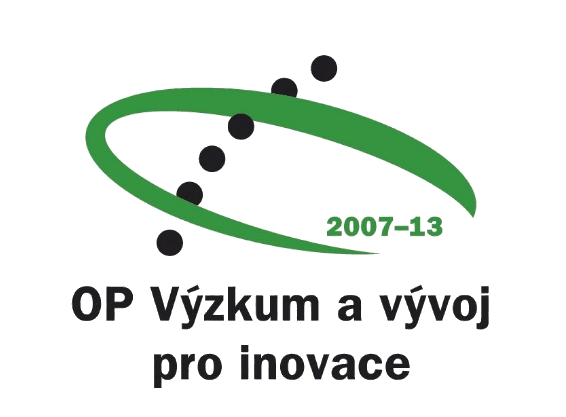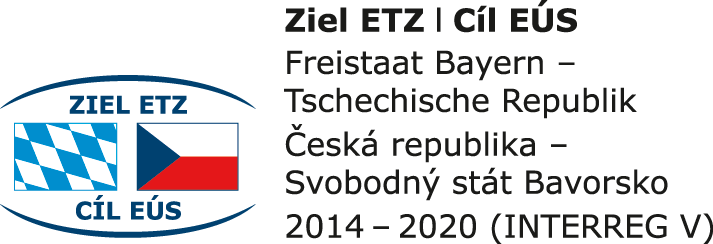Desing of Full-text Search for Database and Linkedin Social Network in Electrophysiology
ŠTĚBETÁK, J., MOUČEK, R., KOREŇ, J. Desing of Full-text Search for Database and Linkedin Social Network in Electrophysiology. In Proceedings of the International Conference on Health Informatics. Setúbal: SciTePress, 2014. s. 238-243. ISBN: 978-989-758-010-9
Abstract
PDF
BibTeX
EEG/ERP (electroencephalography, event-related potential) laboratories produce experimental data and metadata. Authors\' research group has contributed to the building of a neuroinformatics infrastructure by developing and integrating data management and analytic tools for EEG/ERP research - the EEG/ERP Portal. With the development of the Portal and the increasing amount of data/metadata, a proper full text search mechanism for efficient information retrieval is necessary to improve the user experience. The presented solution combines search over data/metadata stored in an electrophysiological database and in the LinkedIn social network. Open source search engines, criteria, suitable engine selection, and index design are presented. Integration of the full-text solution to the EEG/ERP Portal is described.








